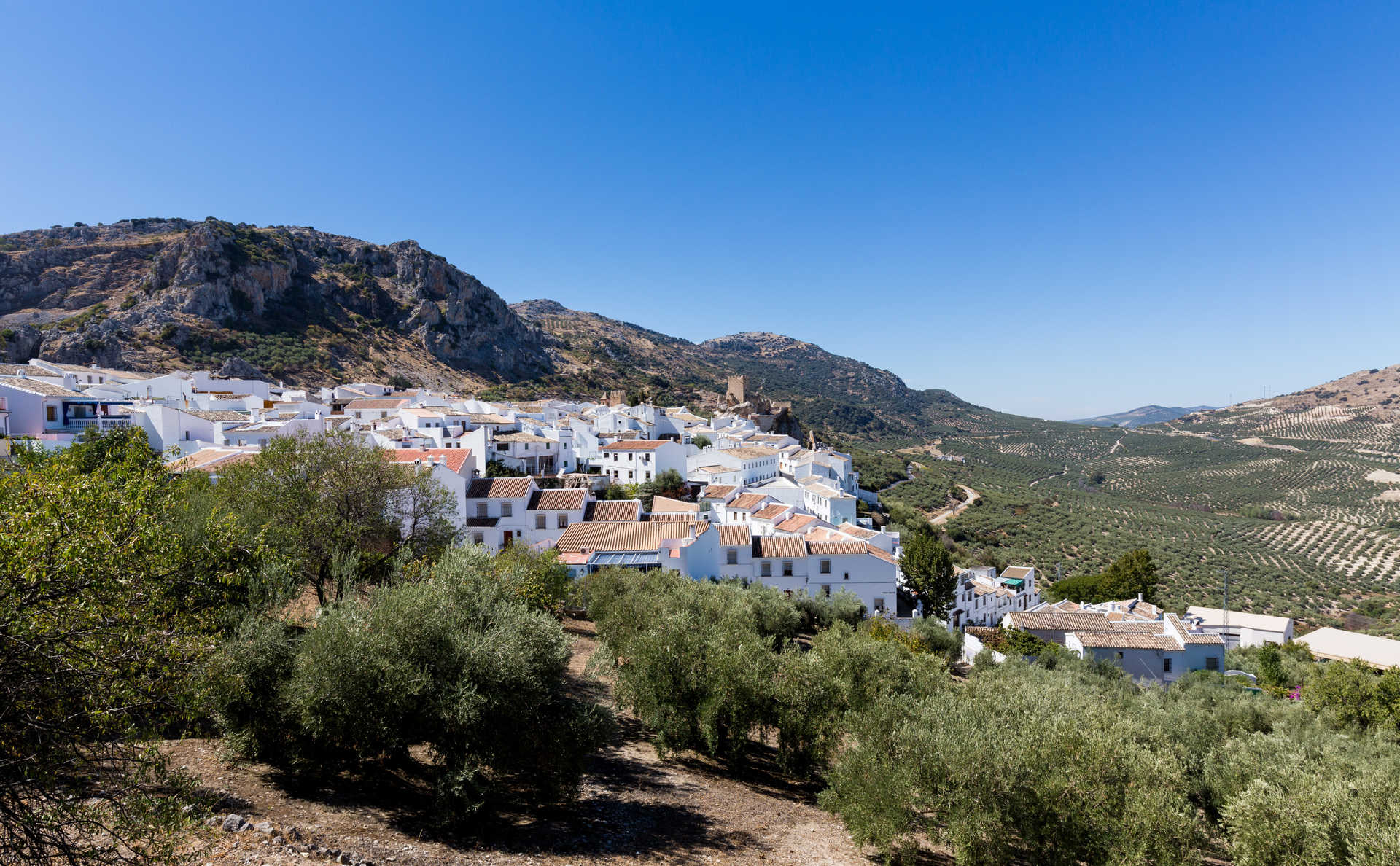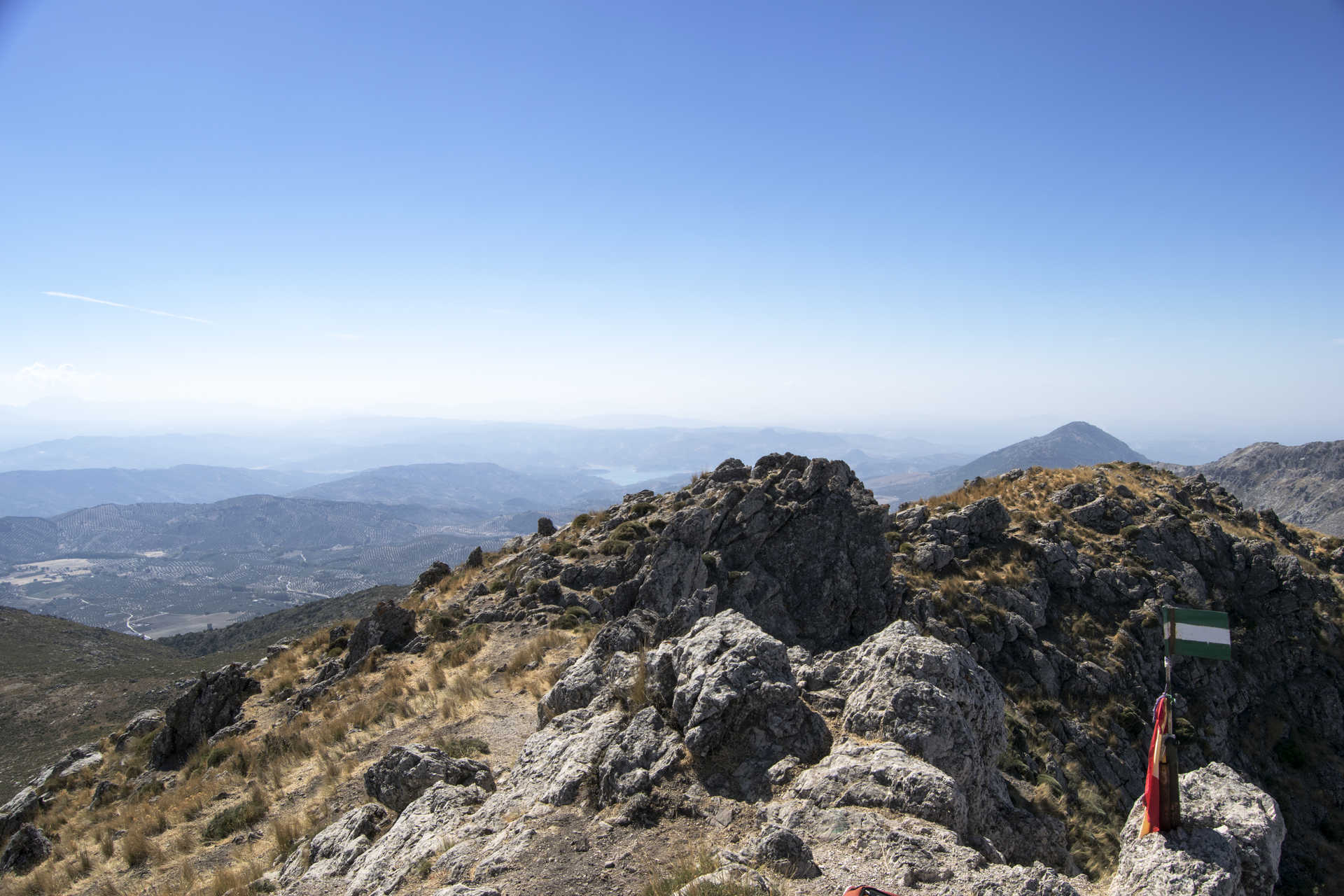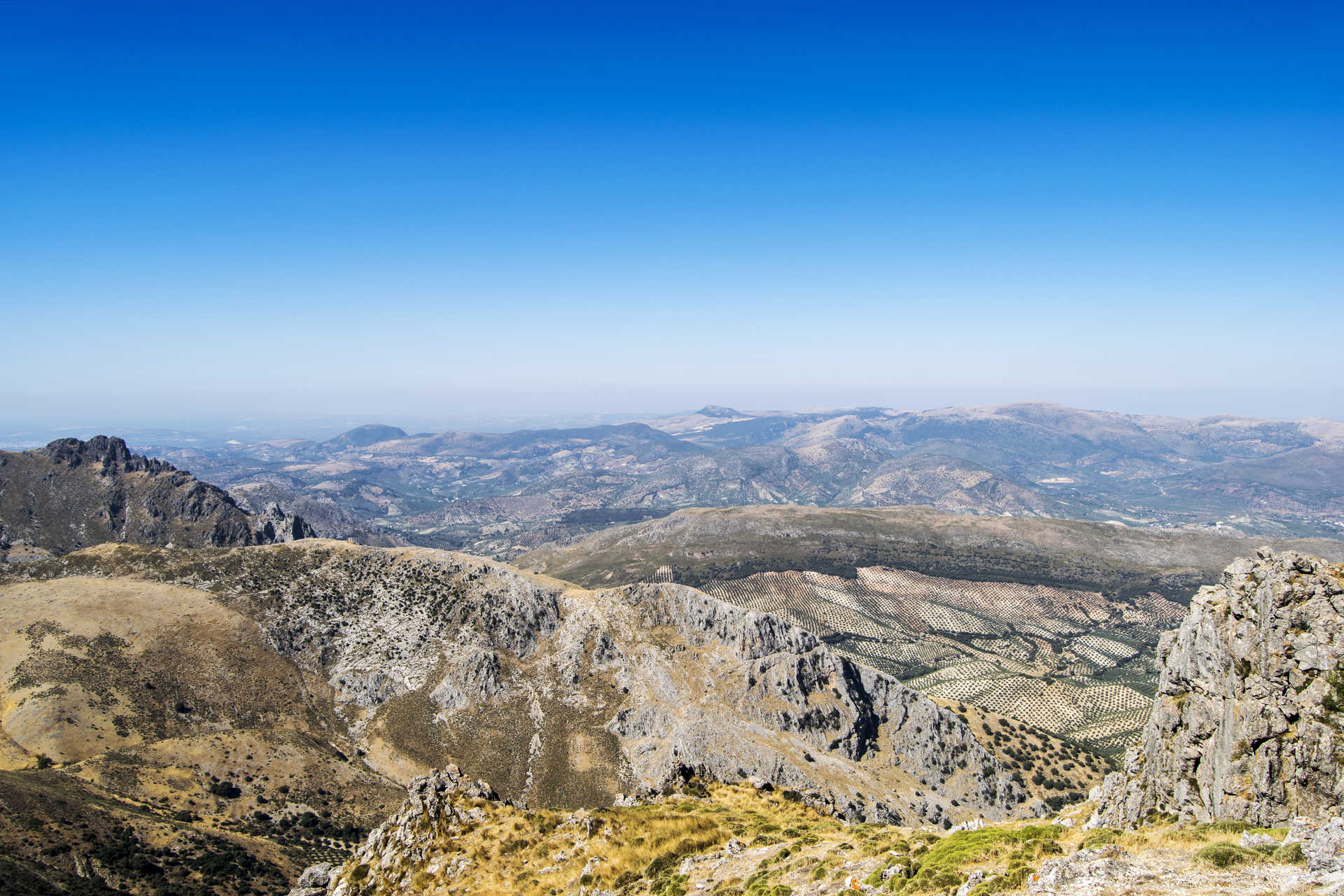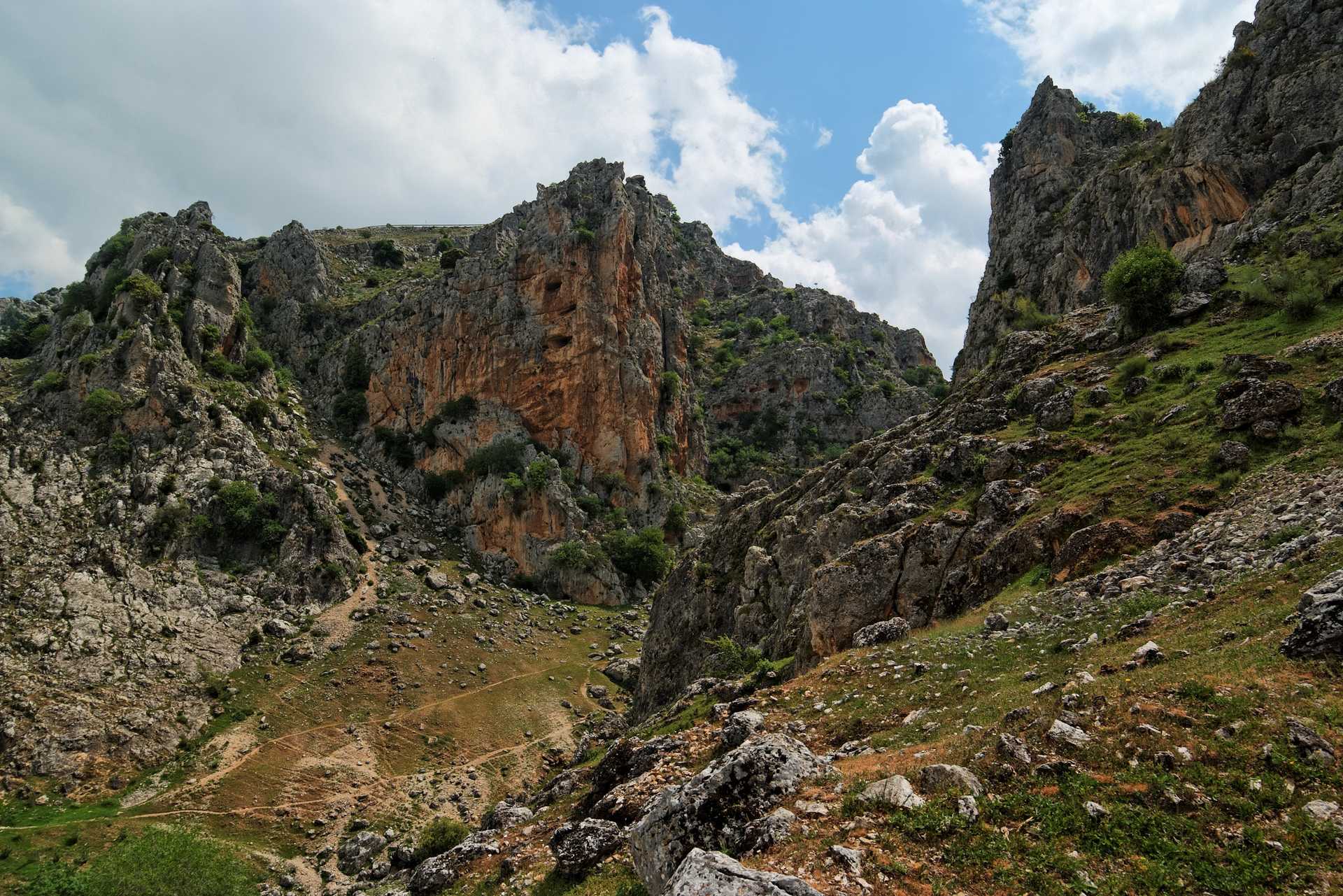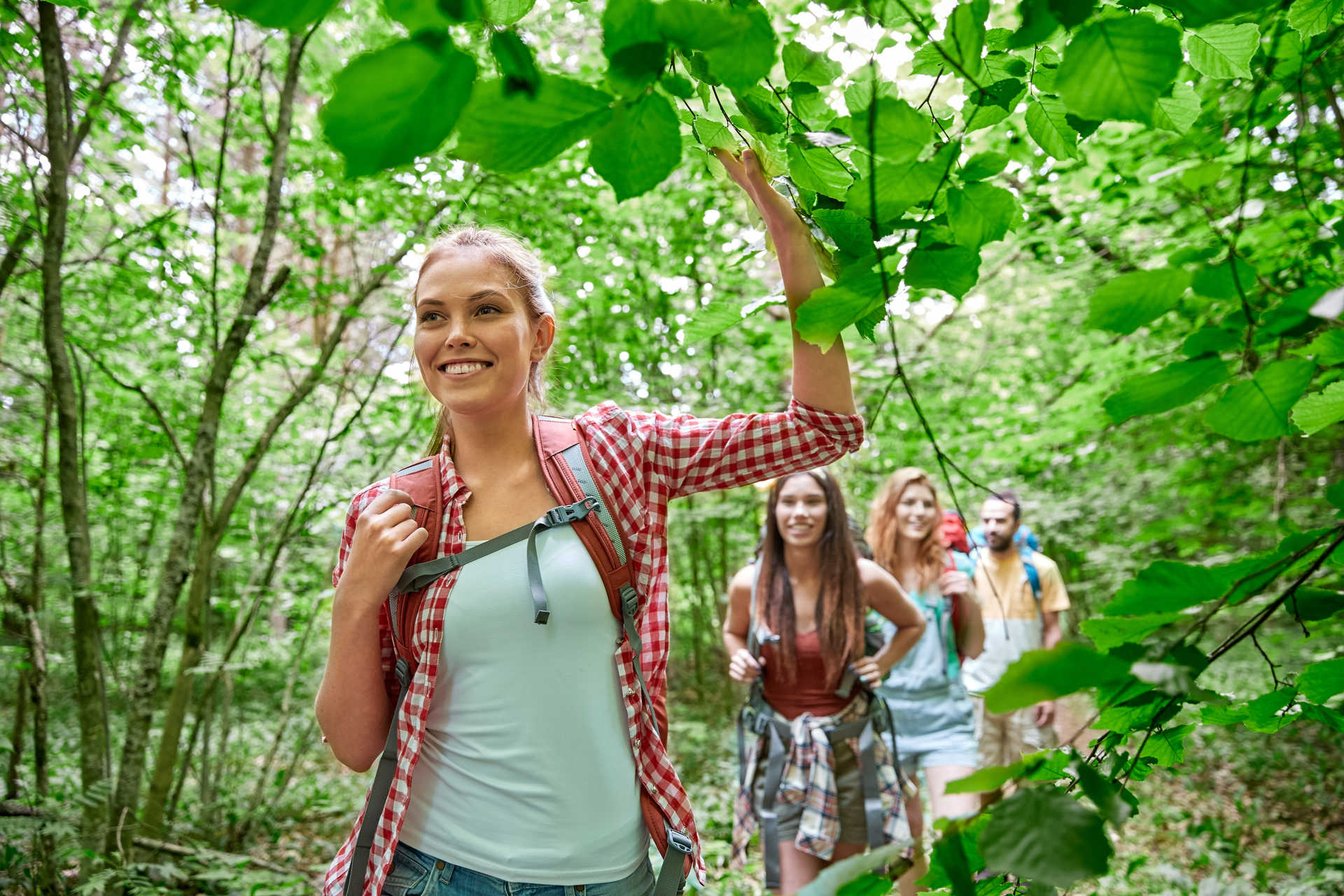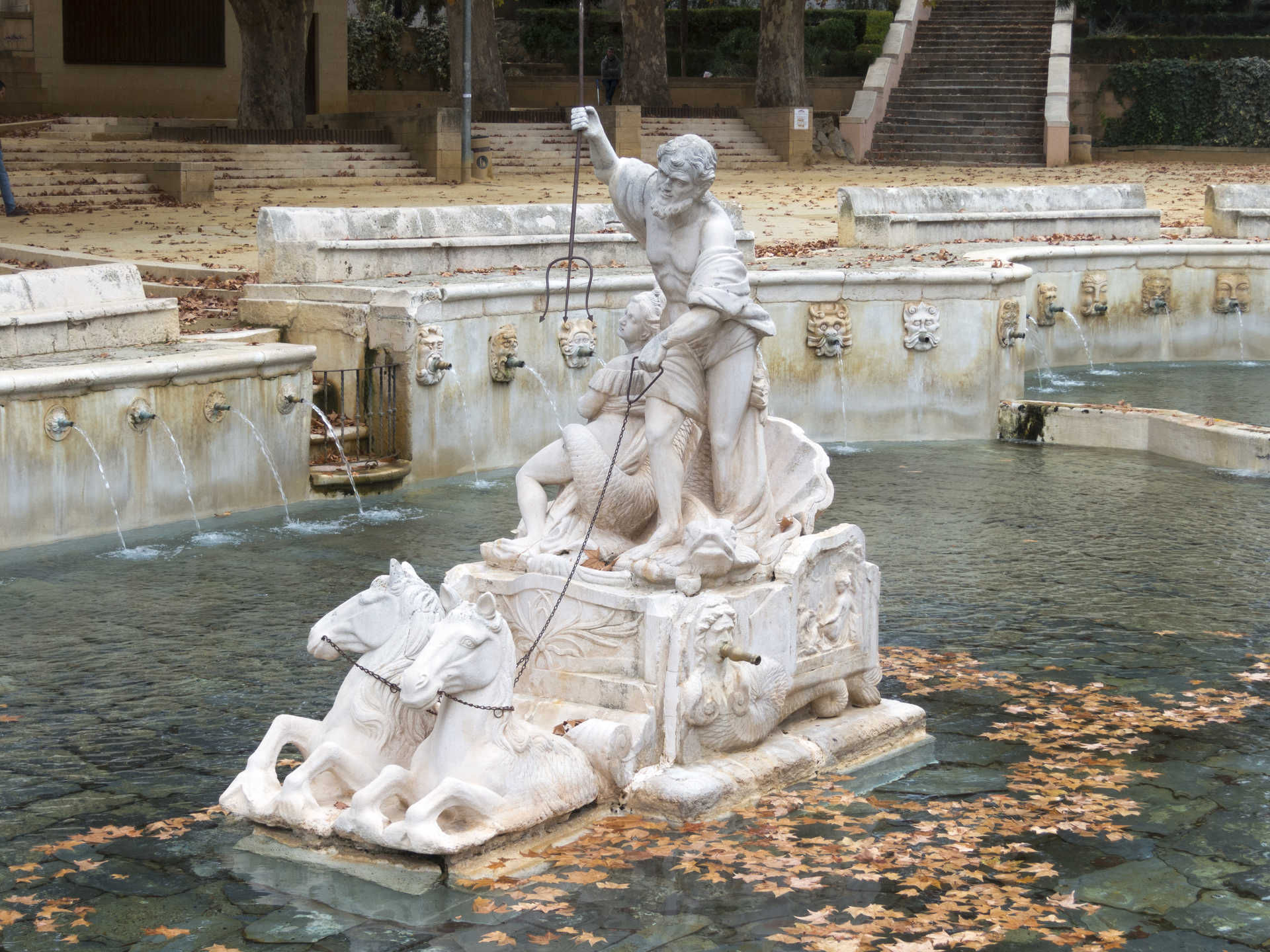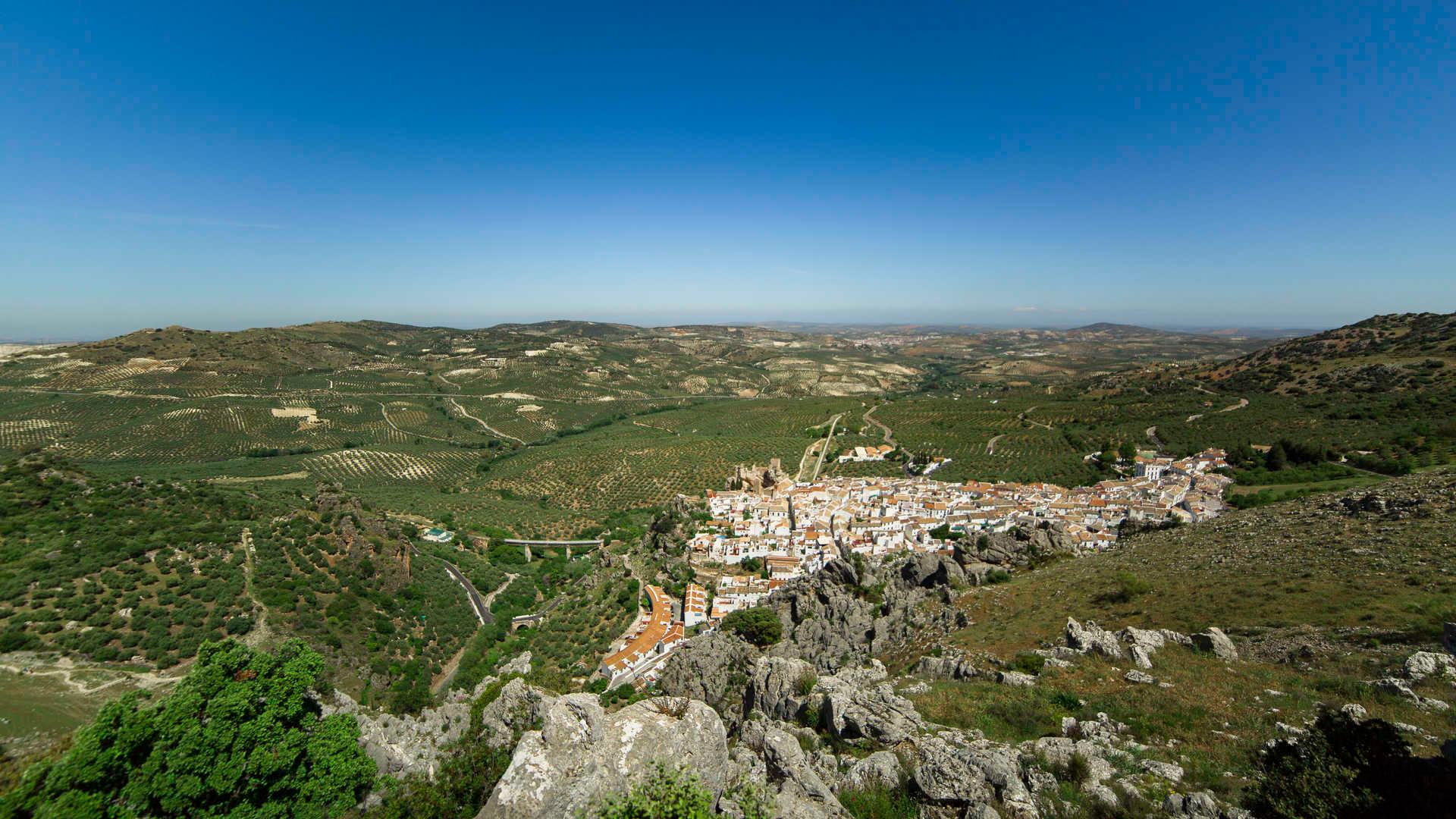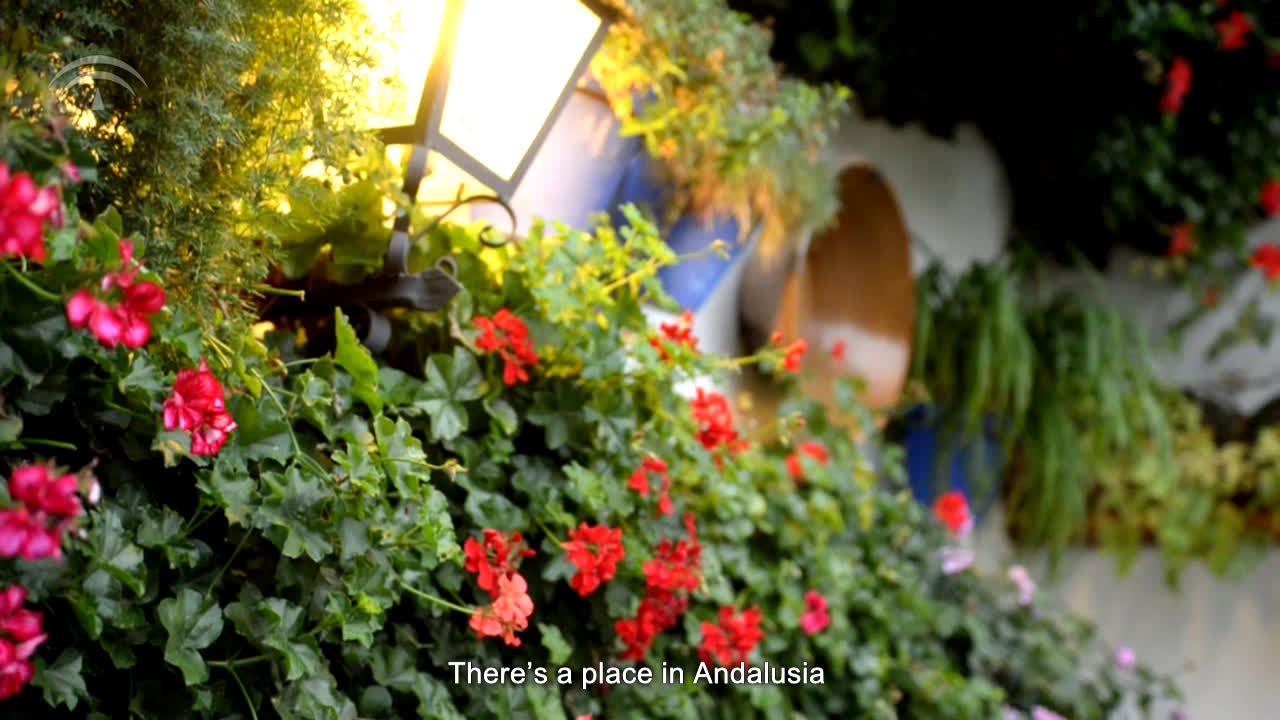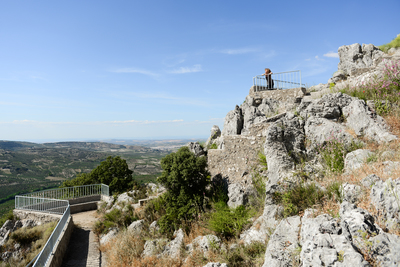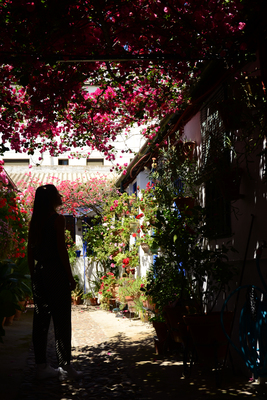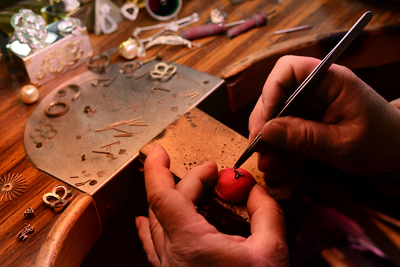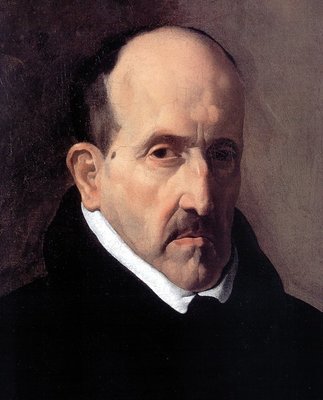Sustainable active tourism in Cordoba
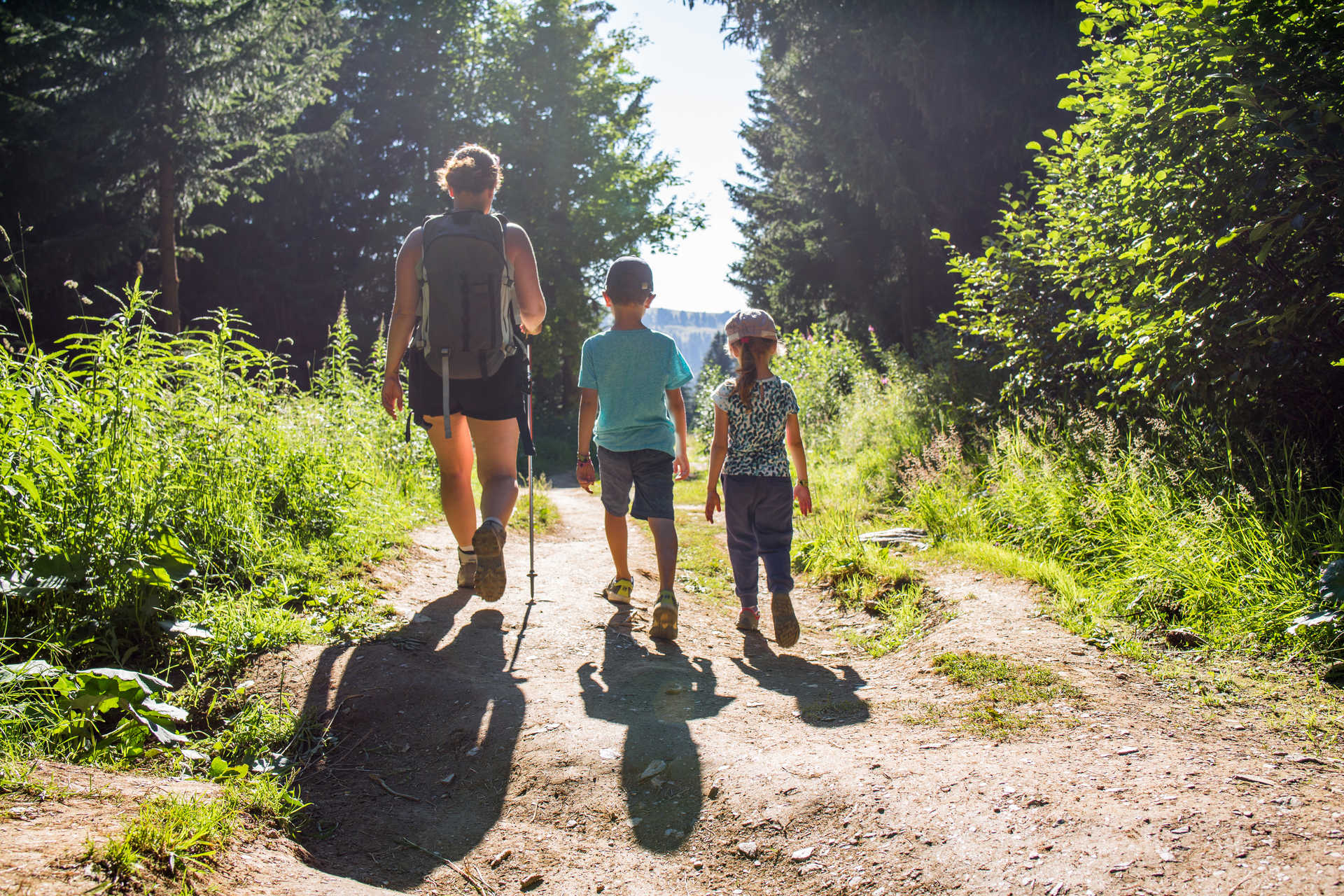
Karstic trails, dreamy viewpoints, noble castles, Roman baths, Baroque fountains… Any restless spirit, lover of active tourism, has an eco-touristic date with rural Cordoba. Nobody regrets it!
Cordoba's rural area, in addition to being extremely stimulating, is closer than we thought. We merely need to go visit, with the little ones or in the company of friends, villages like Zuheros to verify this. Located just 76 km from the capital, you'll recognise it for its steep streets and complicated castle. Lost in time, and surrounded by a geological landscape of great value, is one of the ideas for lovers of ecotourism not to be missed. It would be part of our sustainable tourism route in Cordoba, active and for everyone. There is so much to see and enjoy!
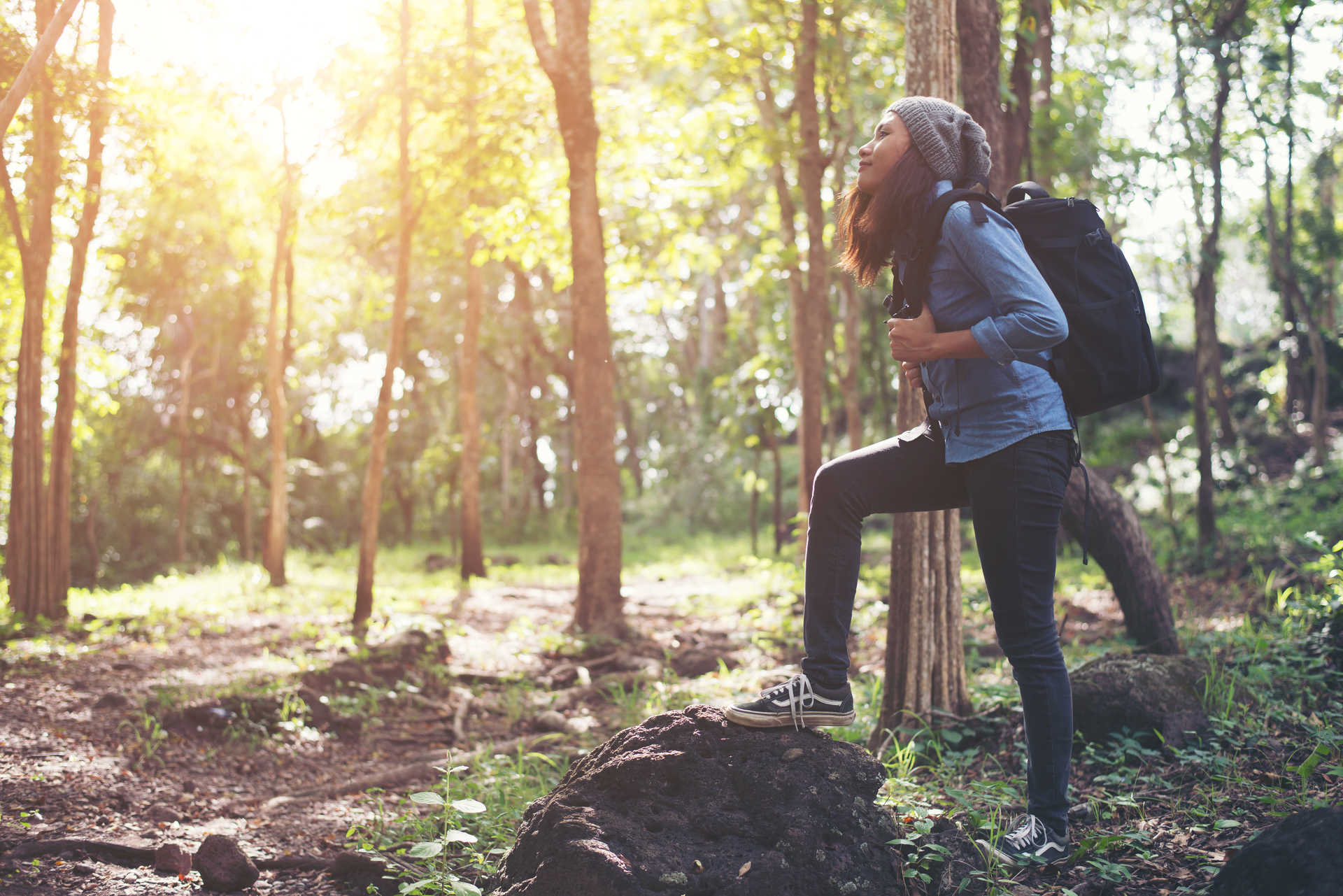
Popea Baños (Santa María de Trassierra)
The Popea Baños seem straight from a dream. Its waterfalls, spouts, surrounding vegetation, stones, and its proximity to the small village of Santa María de Trassierra (where Columbus and Góngora strolled through), and the evocation of its name - which rescues the cinematographic image of the Roman empress Popea Sabina - makes this place, to the north of the province, an area impossible to forget. It is in the Guadiato conservation area.
The Baths are accompanied by birds such as warblers, blackbirds, small owls and Bonelli's eagles. Those who baptised these springs did not lack inspiration, considering that the Guadiato basin was exploited thanks to its mining resources in antiquity, precisely, by the Romans.
Bailón Canyon
This is much more than rural tourism. Take your partner and follow the path of the Bailón River, which follows along in its winding path from its birth until it reaches the Guadalquivir depression north of Zuheros. The karstic portrait that appears before us is the most interesting: caves, grottos, poljes, ravines, hollows, slabs, streams, springs… Although the the view of the Bailón canyon is what shows with greatest intensity the rugged nature of this region. If we say it's spectacular, we fall quite short.
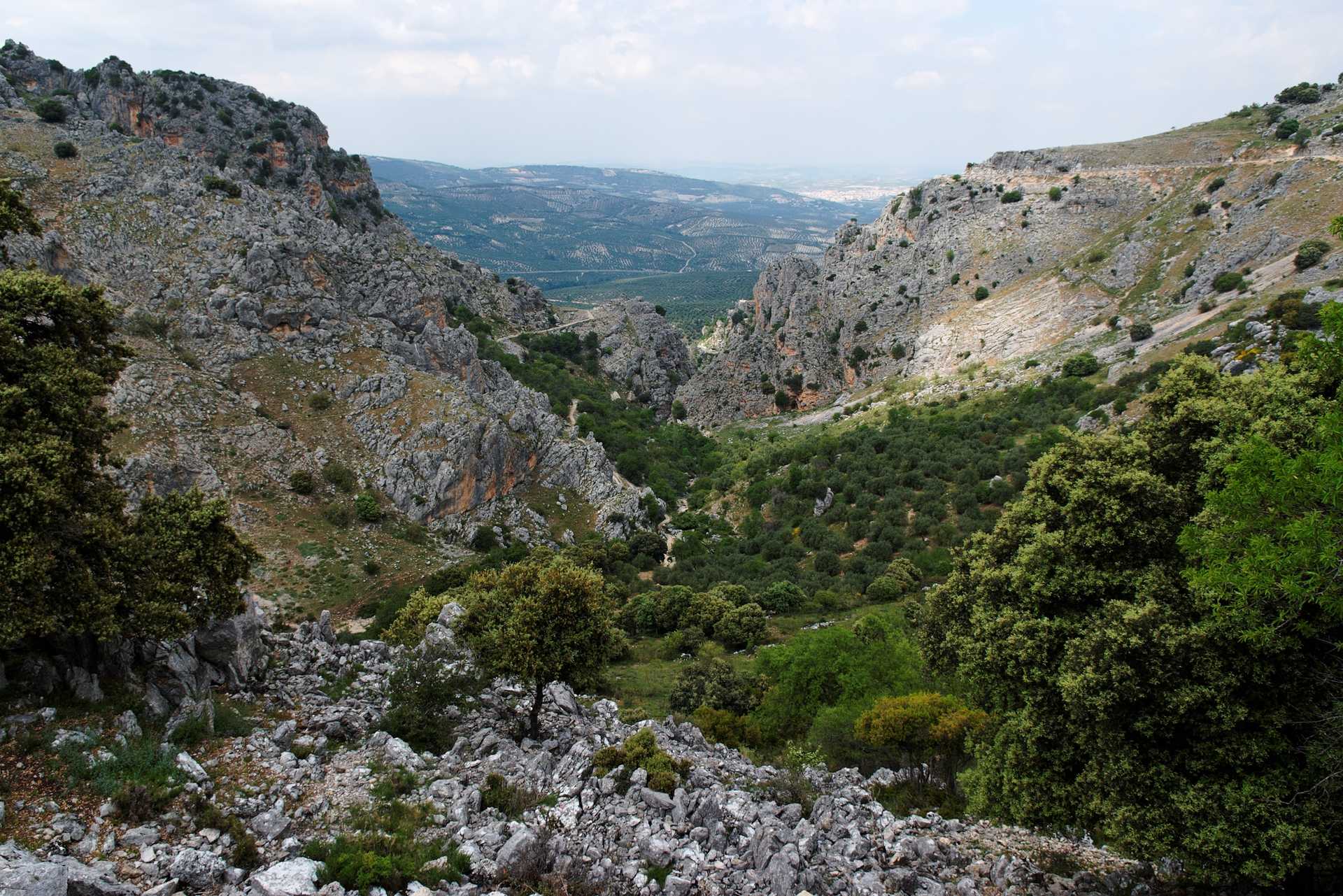
Almodóvar del Río Castle
This magnificent military monument has had, as is usually the case, many lives. Primitively a Roman fort, and later Bereber -towards 740-, and as a medieval castle. The Cordoban town of Almodóvar del Río was strategically important for Cordoba, given its location, on a hill of 252 metres in height next to the Guadalquivir, then navigable and vital for communication.
They give you the chance to visit it on your own, with a map of the place. However, you can count with the "holographic” appearance of the figure of the original owner, the twelfth Count of Torralva, who tells the anecdotes of the castle. Recall that the aristocrat, called Rafael Desmaissieres y Farina, a great traveller and lover of the inventions of his time, was who, in the first third of the 20th century, restored it.
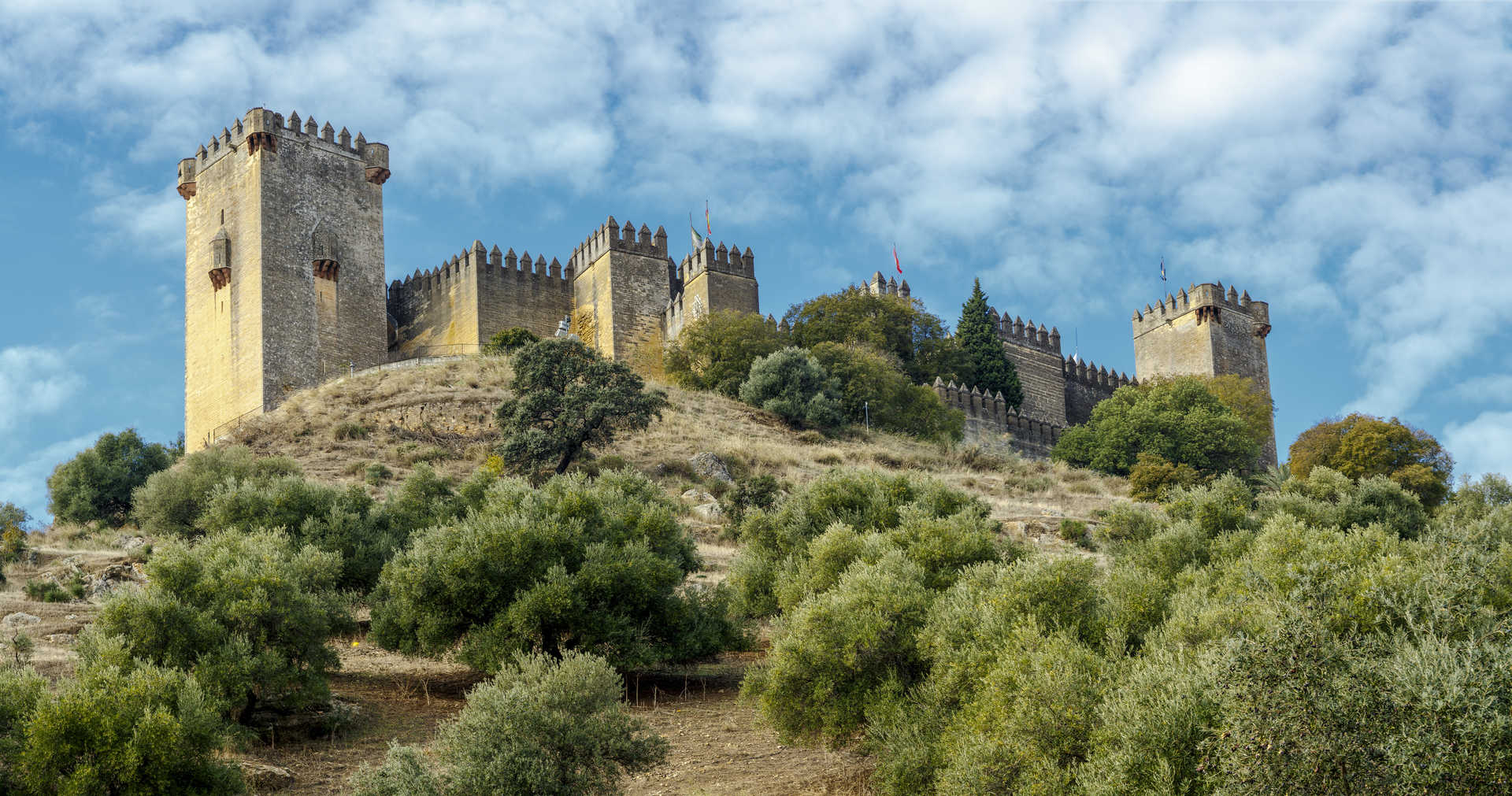
Fuente del Rey (Priego de Córdoba)
Located in Priego de Córdoba, known as "City of water” for its springs, Fuente del Rey took some time to be built: from the 16th century until 1803. There was time to assimilate two architectural styles (Baroque and neoclassical), which ended up with its designation as National Monument. Its 139 spouts with fanciful faces, the drop in its ponds, the mythological sculptures make it a place taken out of a fable.
But active tourism in Andalusia, on the banks of the Priego, goes well beyond its condition of Cordoba Baroque city par excellence. Here you can experience routes through olive groves, visiting mills and sampling the incomparable miller's breakfasts. What a great way to start the day!

